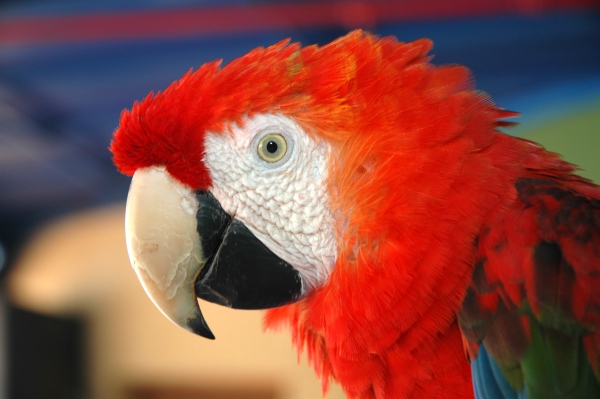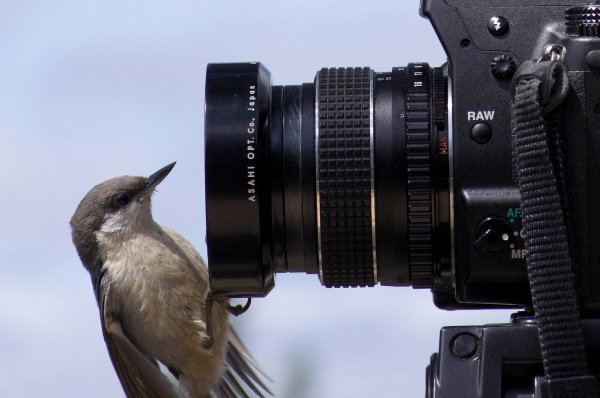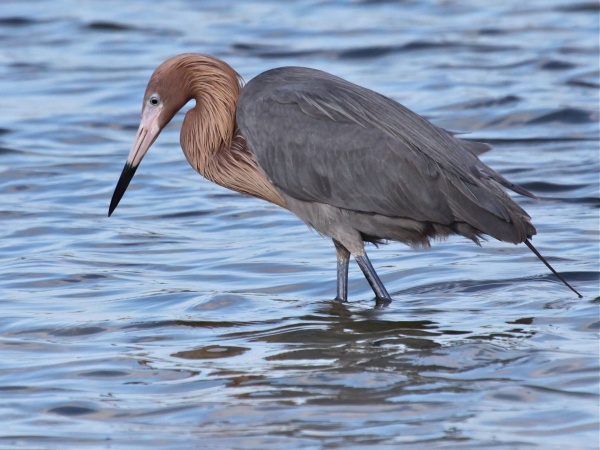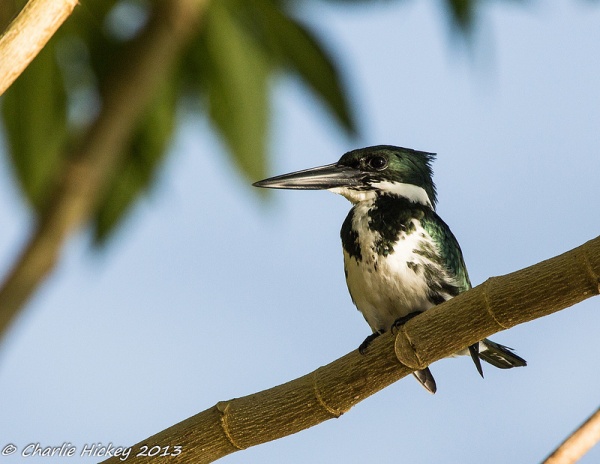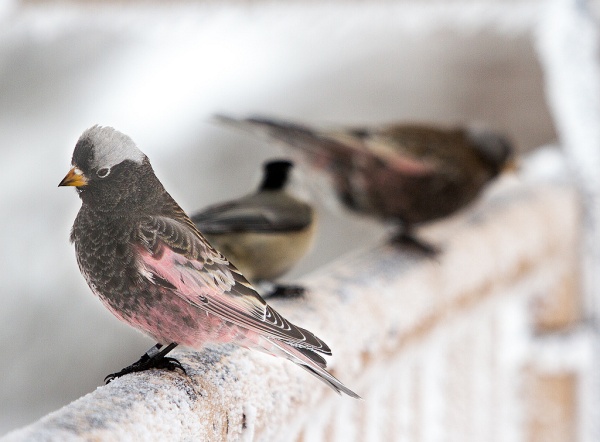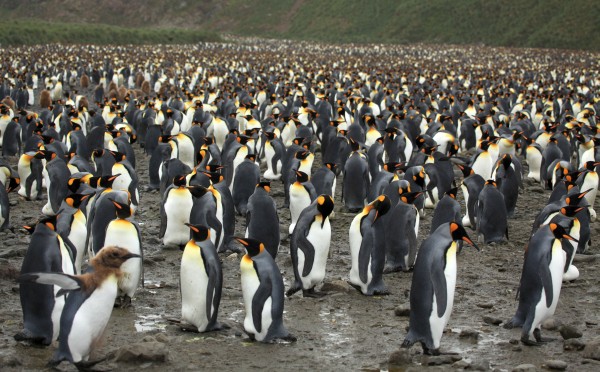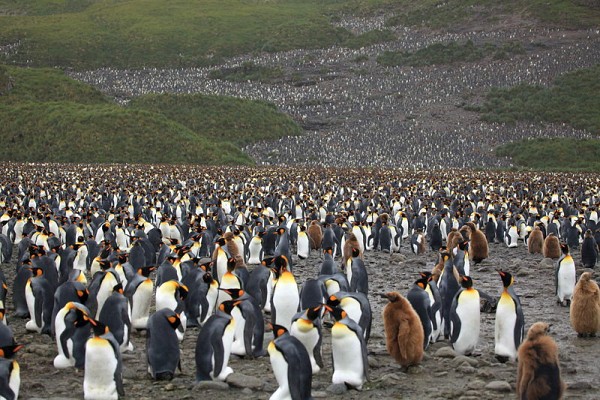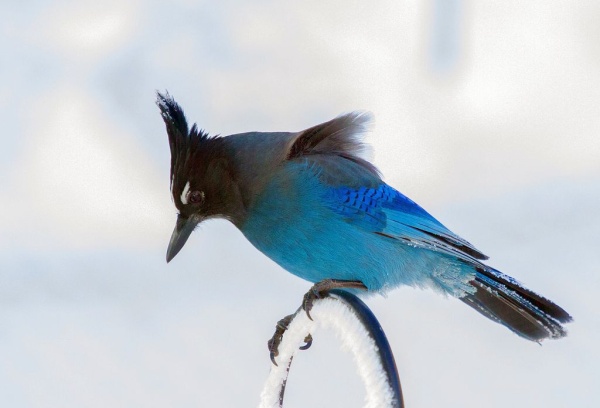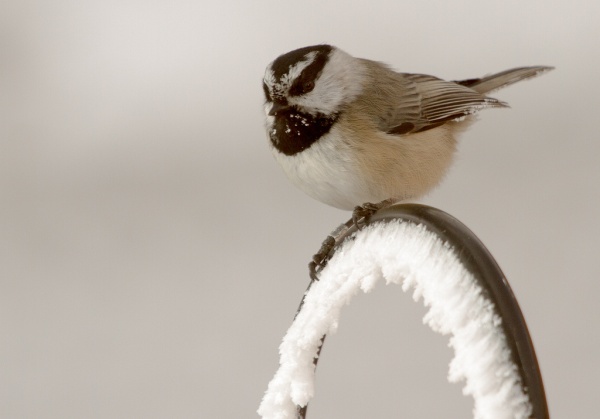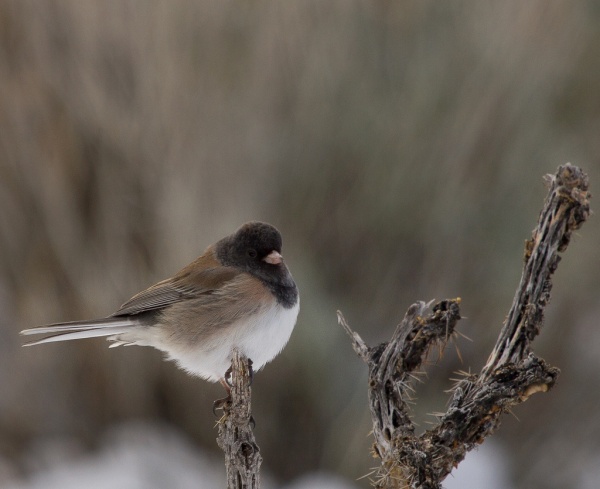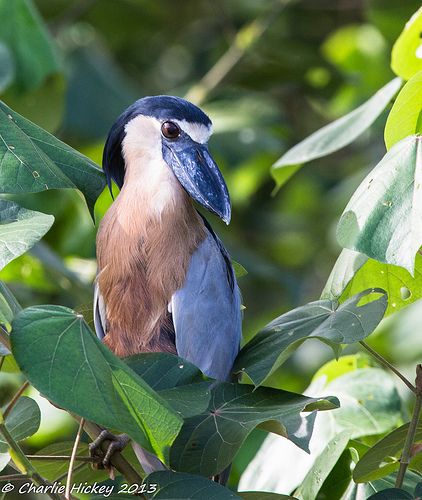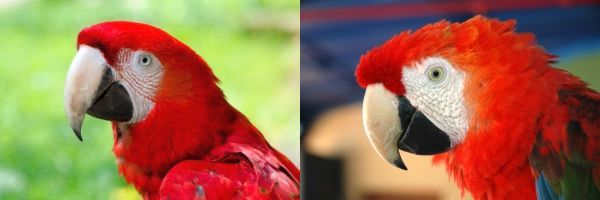
If you were paying close attention to last Wednesday’s post about scarlet macaws you noticed that I changed the photo on Friday. That’s because Diane Korolog pointed out that the original photo was misidentified.
When I first published the article I used the photo on the left (green background). It’s a 2013 Featured Photo on Wikimedia Commons that was labeled “scarlet macaw” but Diane said it looks like a green-winged macaw (Ara chloropterus). The scarlet macaw (Ara macao) is on the right.
How can you tell the difference with only a head shot? Diane explained that the scarlet macaw has a clean all-white face, while the green-wing’s face has red feather lines. The feather lines are so unique that you can identify individual green-winged macaws by their pattern. This is as cool as identifying individual tundra swans by the yellow patterns on their bills.
The story doesn’t end there. On Friday I wrote to Information at Wikimedia Commons, explaining the labeling problem. A volunteer put me in touch with the photographer in Germany and we discussed the problem online.
Tuxyso photographed the bird at the Muenster Zoo where both scarlet and green-winged macaws live in the Tropical Hall exhibit. He labeled the photo “scarlet macaw” because this bird has the yellow wing feathers diagnostic of Ara macao. But he isn’t a scarlet macaw. The Muenster Zoo website held the hint to this bird’s true identity.
I can’t read German so I used Google Translate on the link Tuxyso provided. The zoo explains that in the wild scarlet and green-winged macaws don’t interbreed but in the exhibit a scarlet and a green-winged secretly paired up and produced a hybrid offspring. Tuxyso called the zoo and confirmed that the bird in his photograph is the scarlet-X-green-winged hybrid.
Everyone was right. This bird is both.
Subtle differences are important.
(photos from Wikimedia Commons: on left hybrid macaw by Tuxyso via Creative Commons license, on right scarlet macaw photo in the public domain)
